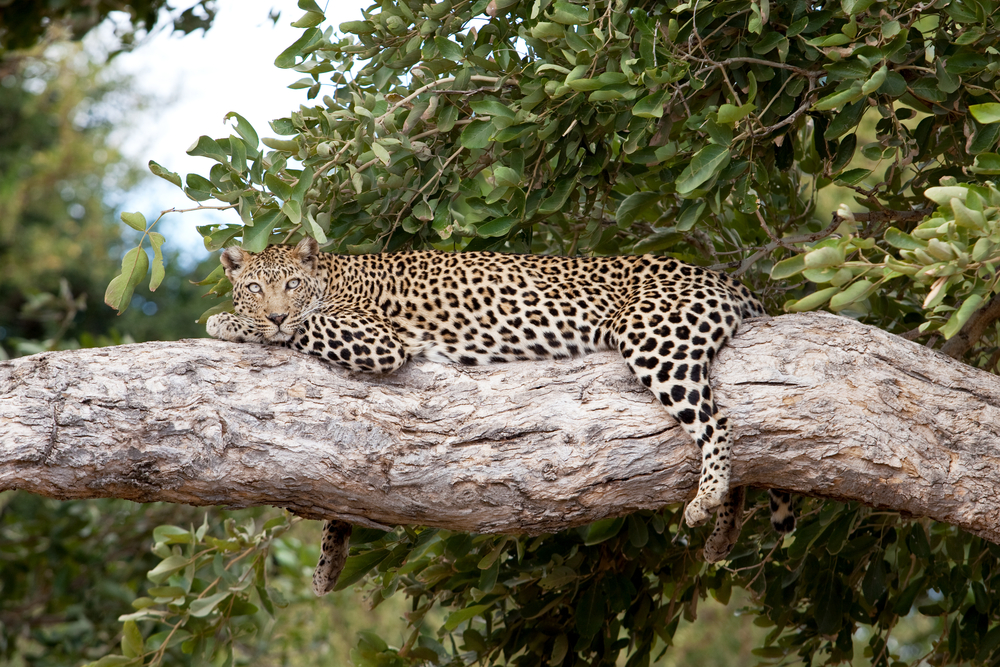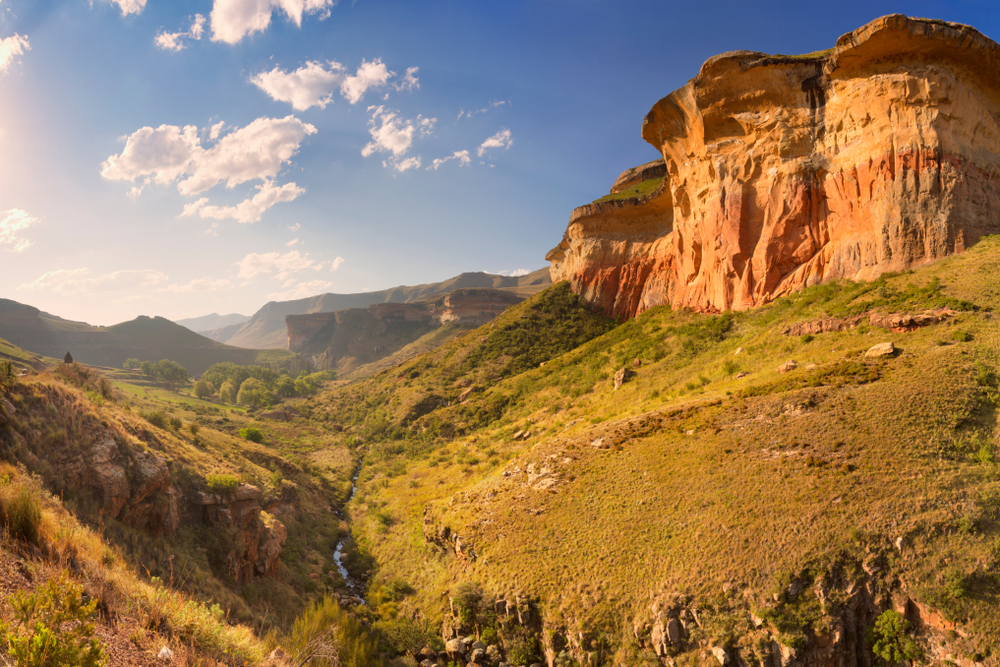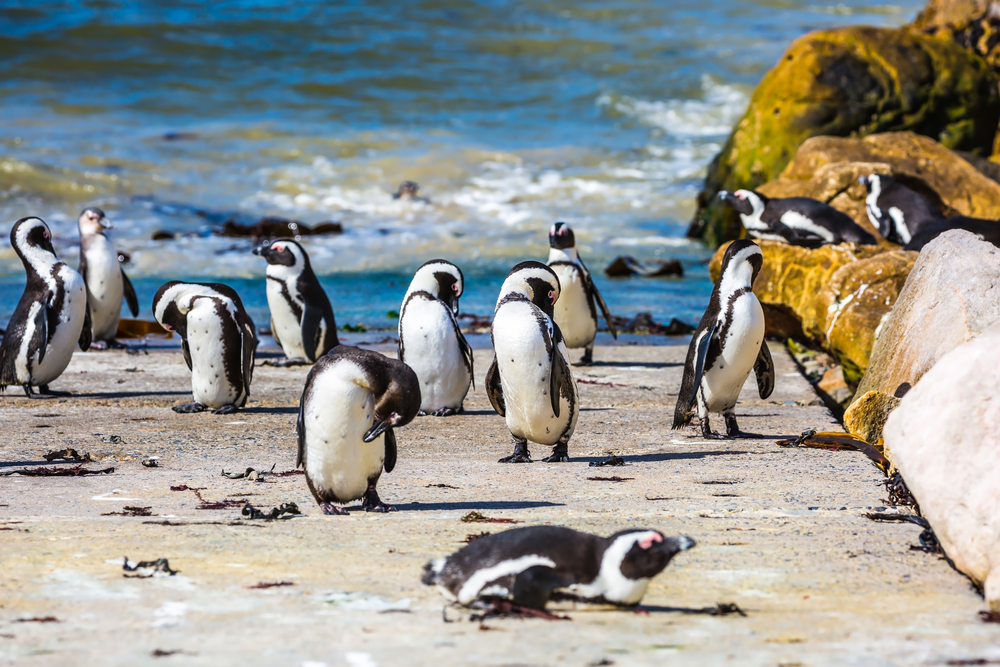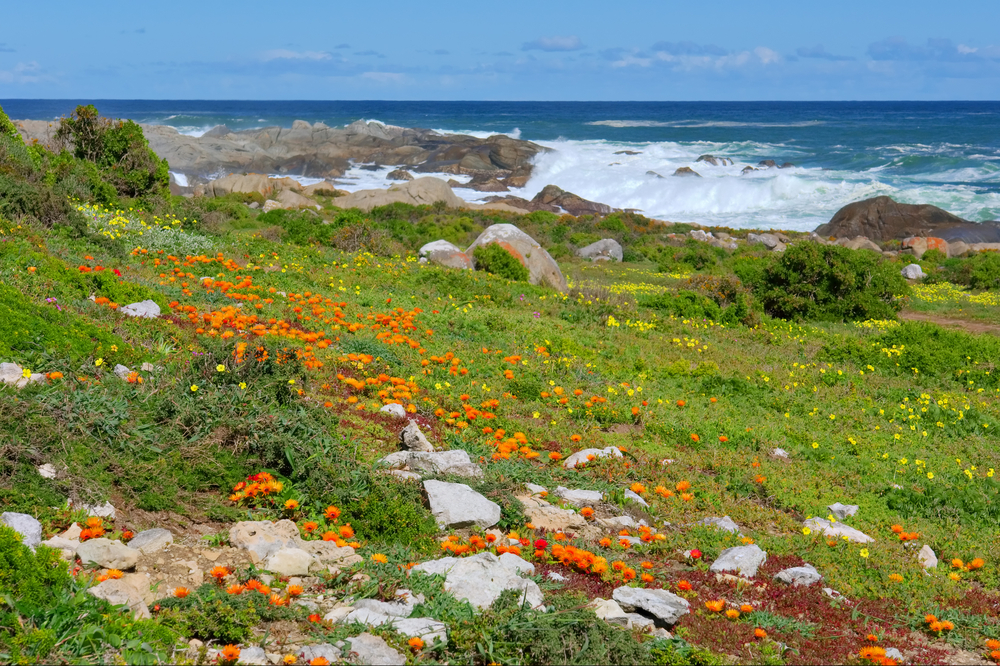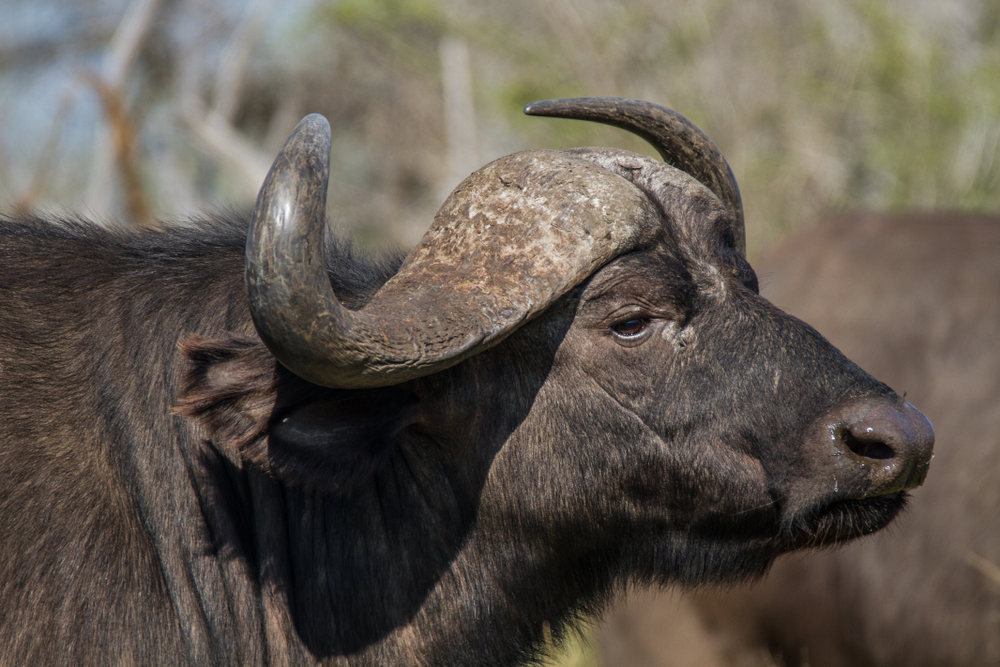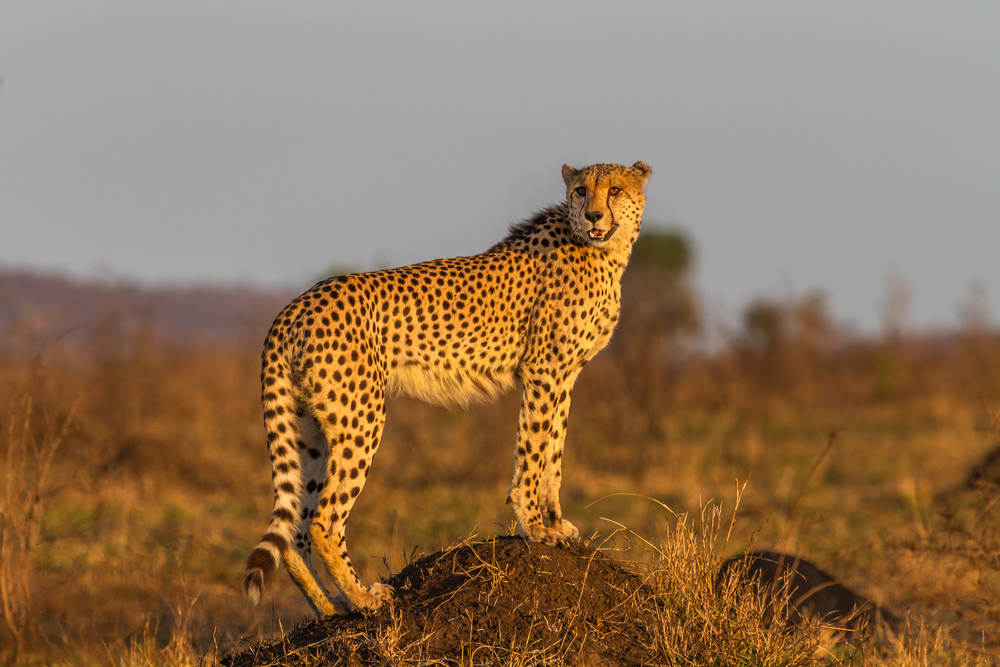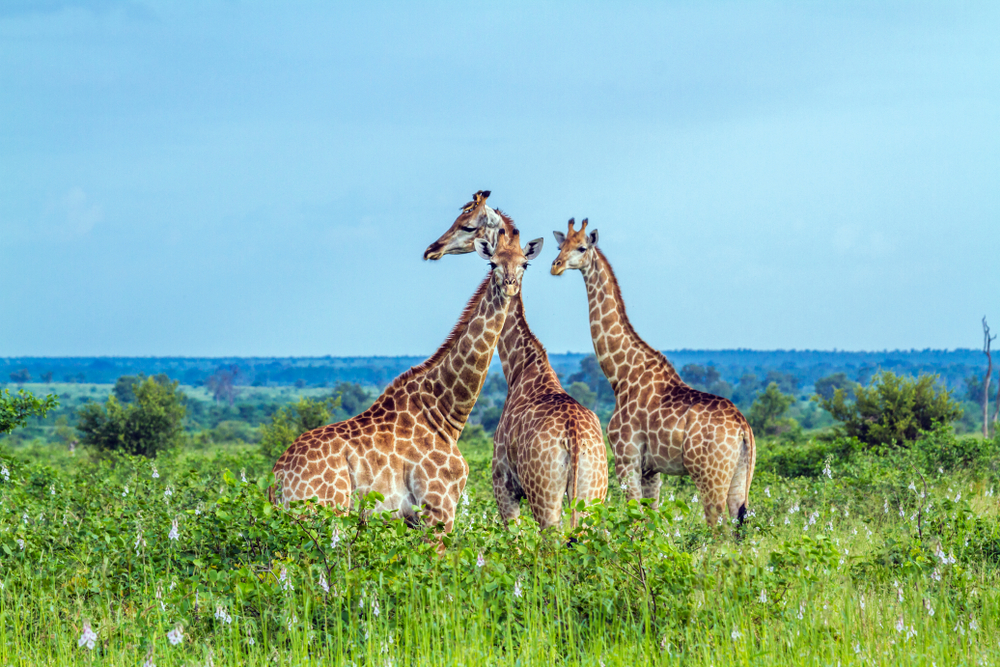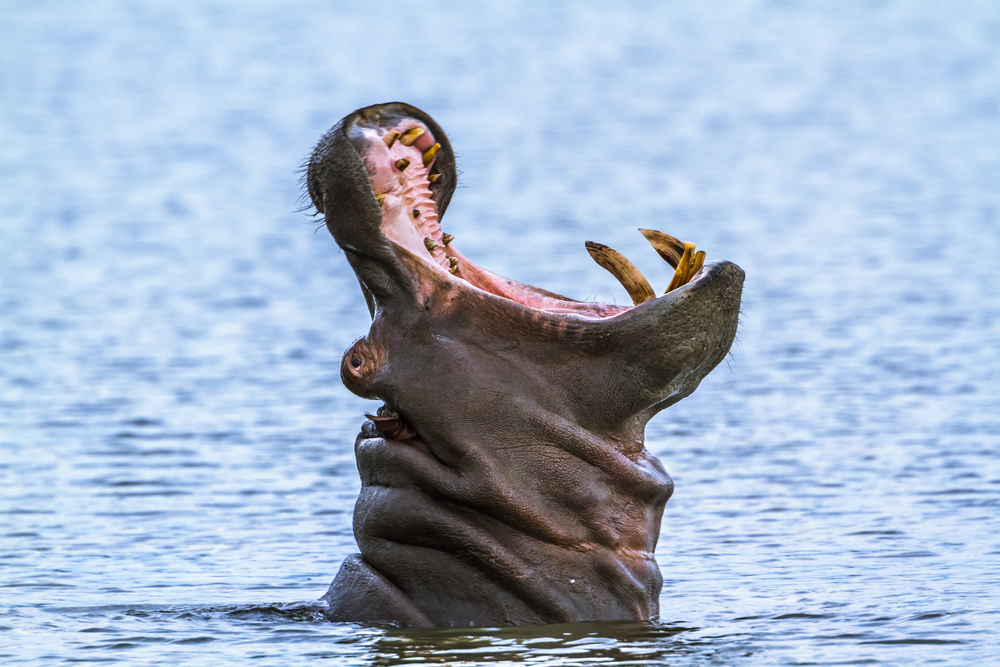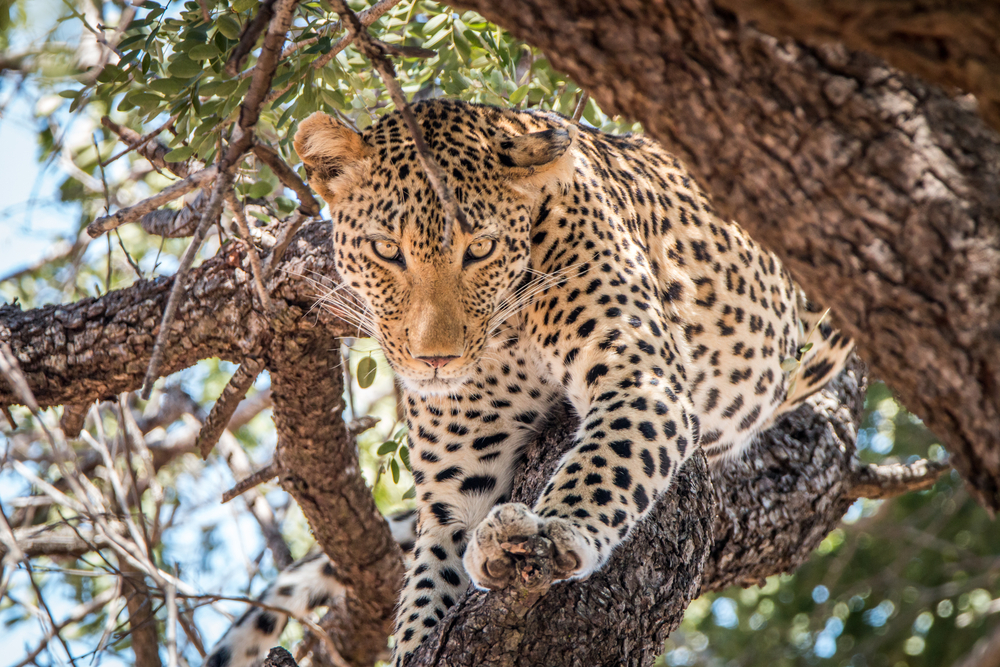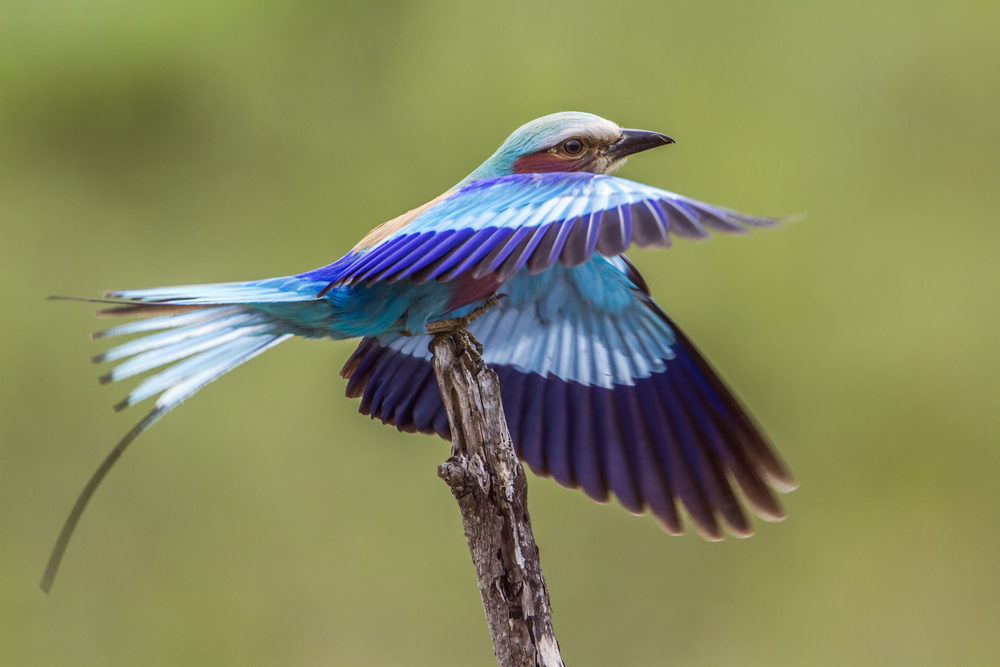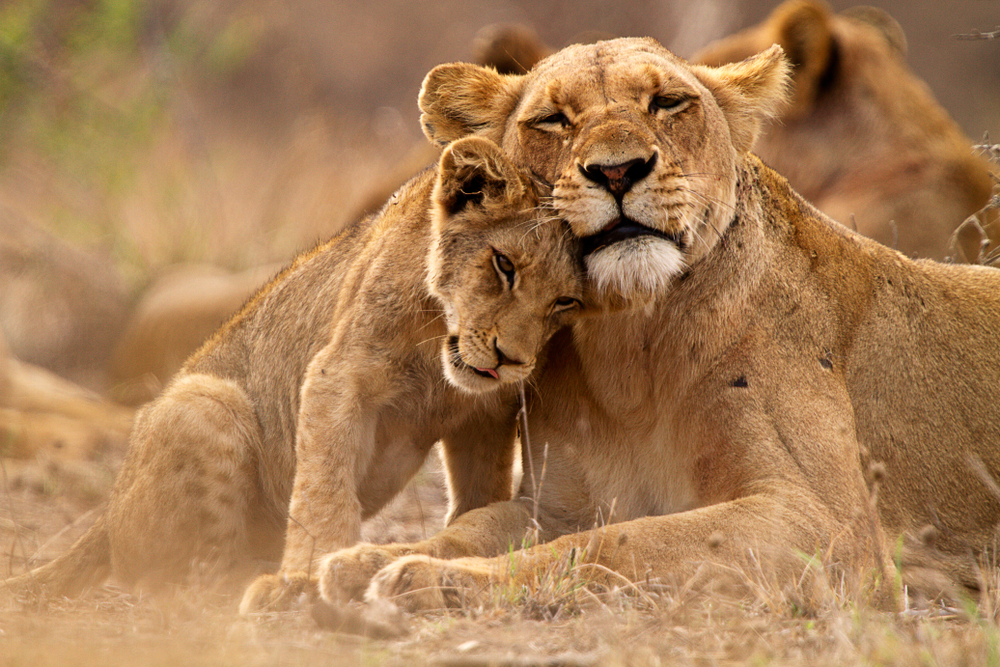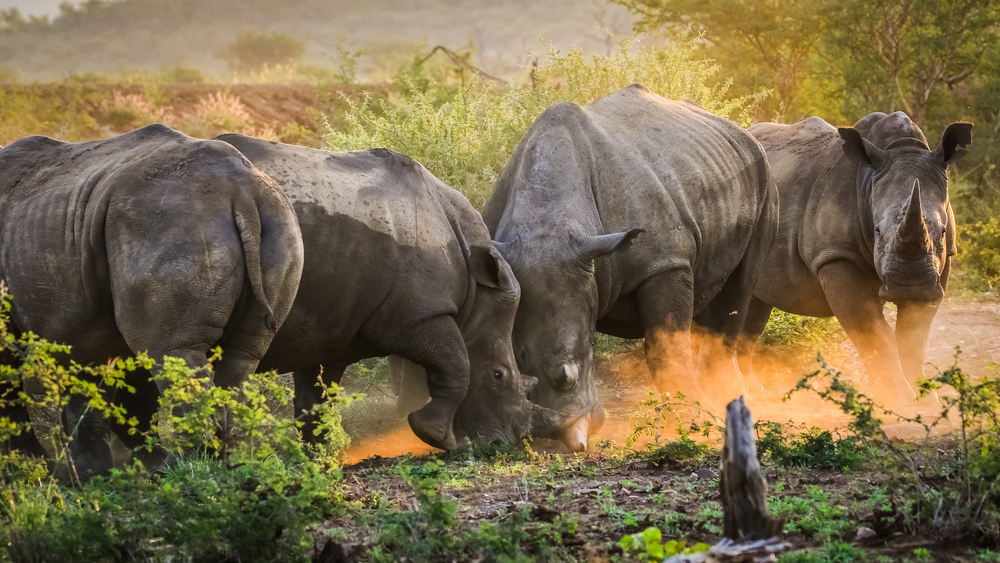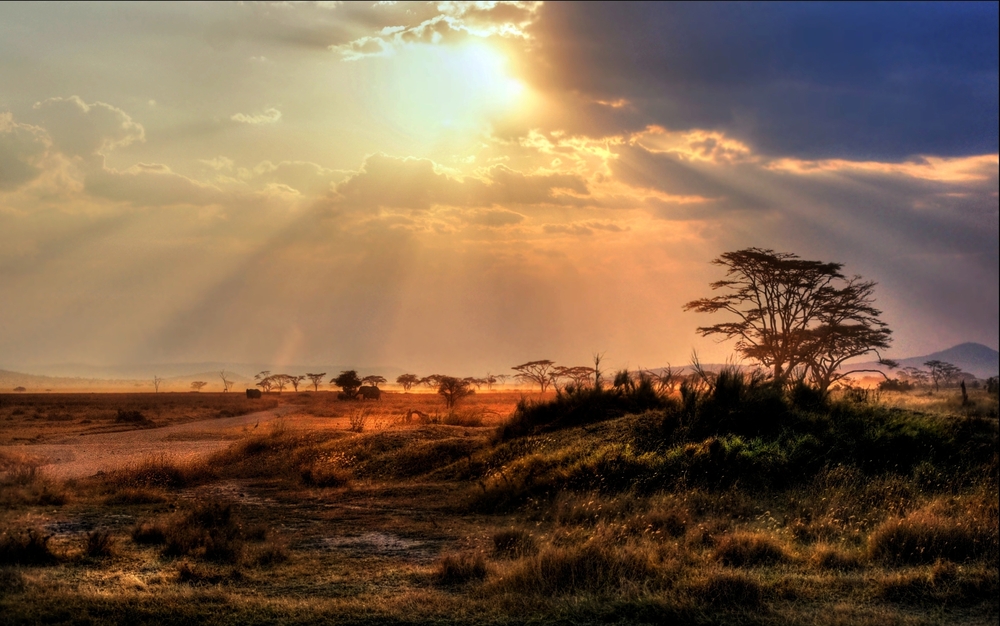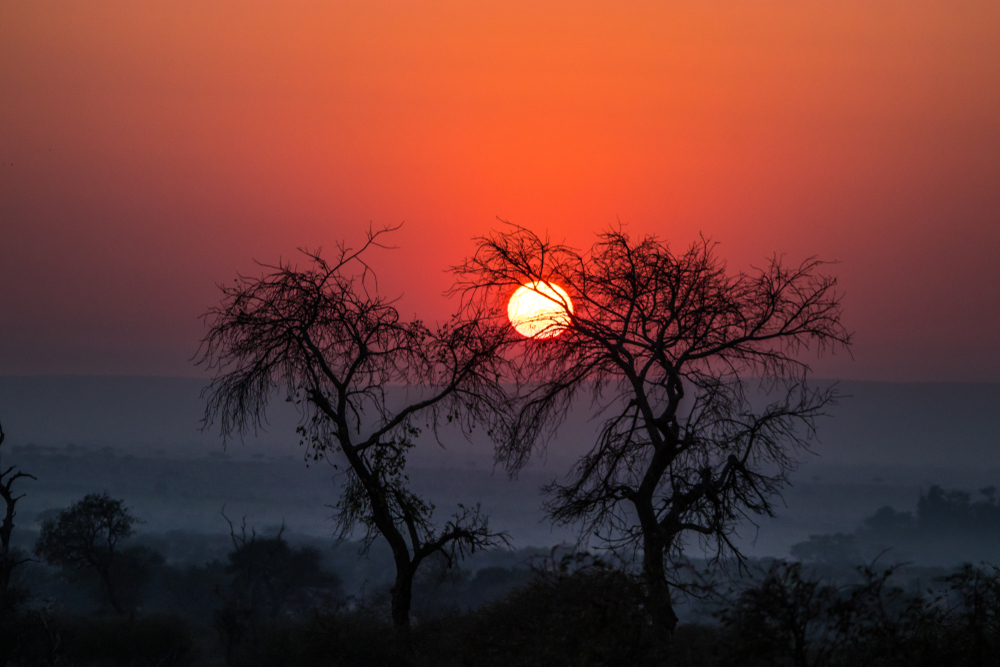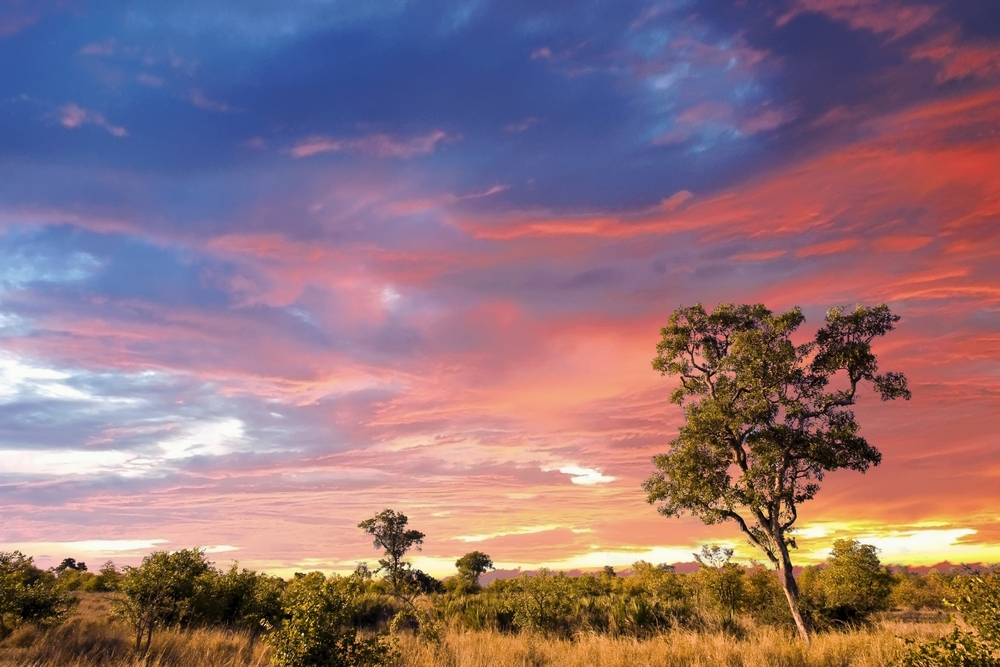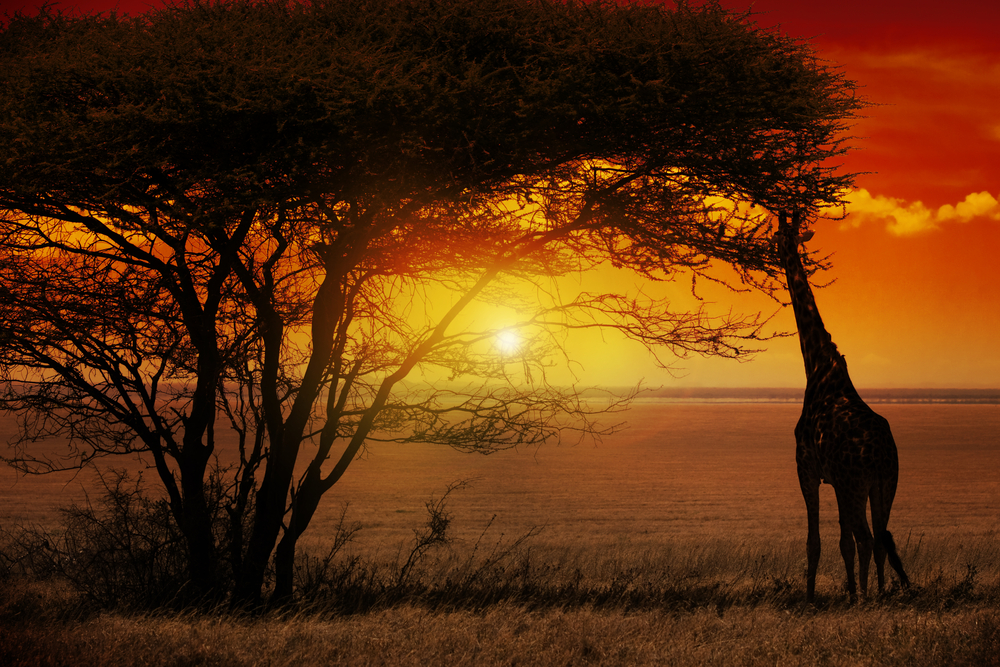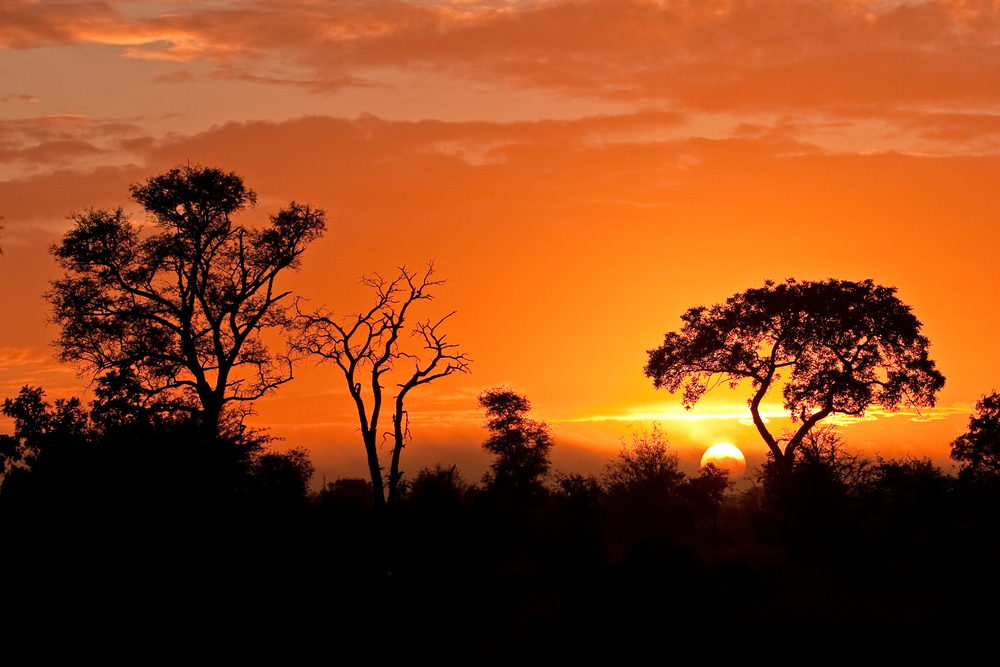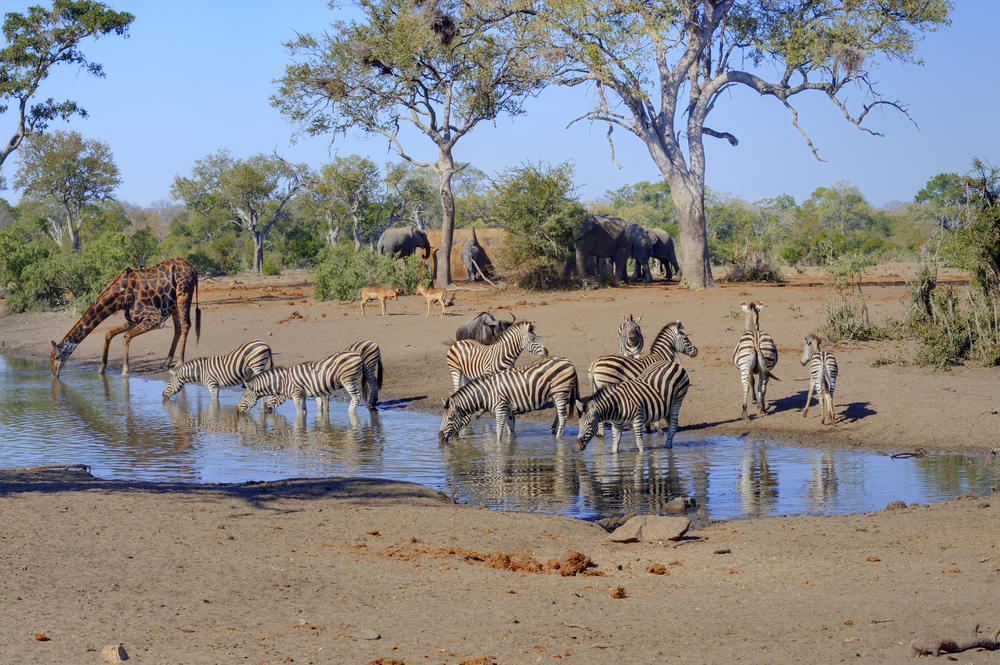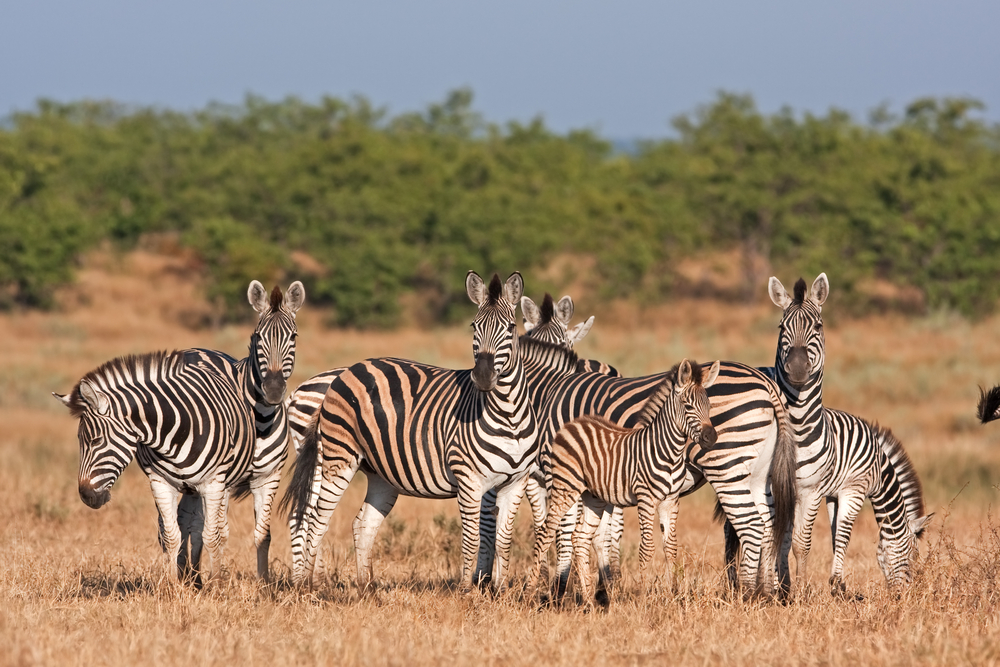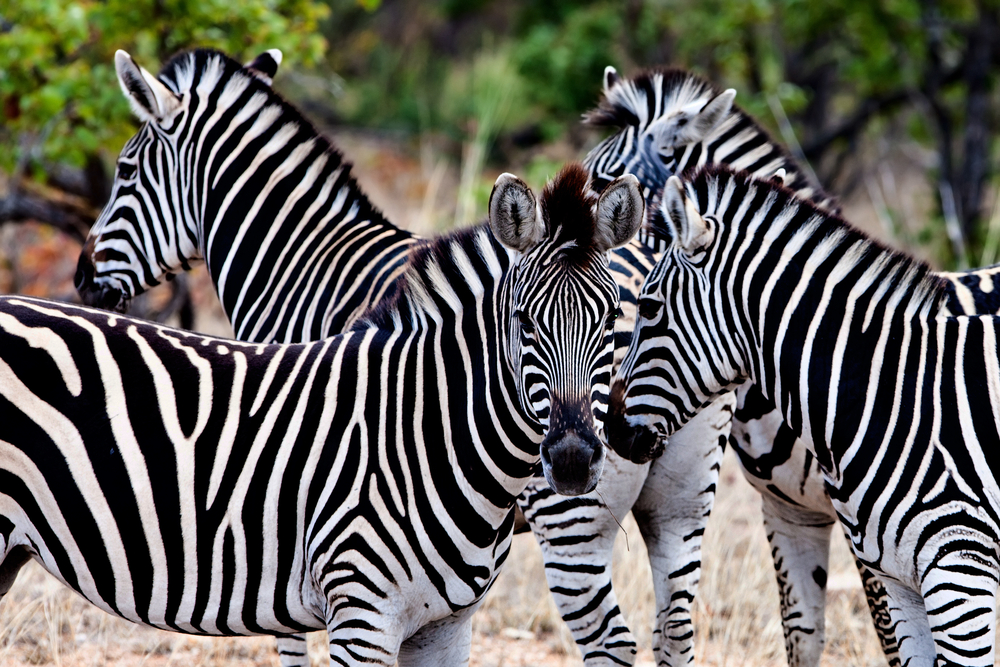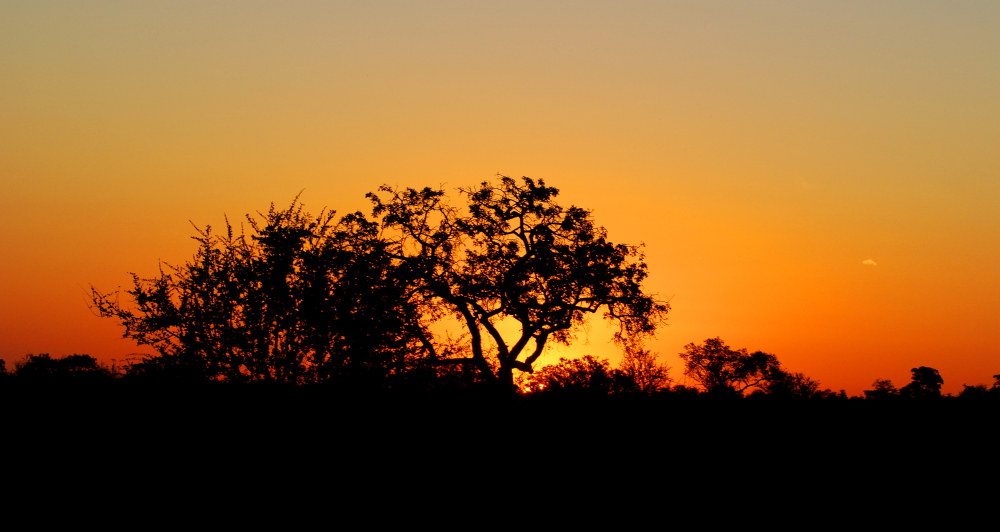Kruger Overview
Kruger National Park, established in 1898, is one of Africa’s largest and most famous game reserves, spanning across the northeastern corner of South Africa. Covering an area of nearly 19,485 square kilometers (approximately 7,523 square miles), it extends 360 kilometers (220 miles) from north to south and 65 kilometers (40 miles) from east to west, making it about the size of Israel or Wales. The park borders Zimbabwe to the north and Mozambique to the east, forming part of the Great Limpopo Transfrontier Park—a peace park that links Kruger with Gonarezhou National Park in Zimbabwe and Limpopo National Park in Mozambique.
Kruger National Park is renowned for its exceptional diversity of wildlife, including the Big Five: lions, leopards, rhinos, elephants, and buffalos. It is home to more species of large mammals than any other African game reserve, with over 147 species recorded. The park also boasts over 500 bird species, 114 reptile species, and a vast array of plant life, with approximately 1,982 species of plants identified within its boundaries.
The landscape of Kruger National Park is remarkably varied, featuring dense bushveld in the northern regions, granitic hills and mountains in the south, and lush savannahs and riverine forests throughout. This diversity of habitats supports an equally diverse array of fauna and flora, offering unparalleled wildlife viewing opportunities.
Kruger is not just a conservation success story; it is also a leader in ecological management and research. The park offers a range of safari experiences, from self-drive adventures to guided walks and luxury safaris, catering to wildlife enthusiasts, photographers, and nature lovers from around the globe.
The park’s extensive road network, numerous rest camps, and well-established tourist facilities make it accessible to visitors seeking to experience the African wild in its full majesty. Whether it’s observing a pride of lions on the hunt, witnessing the annual migration of herbivores, or simply enjoying the serene beauty of the African bush, Kruger National Park provides an unforgettable encounter with nature.








































































